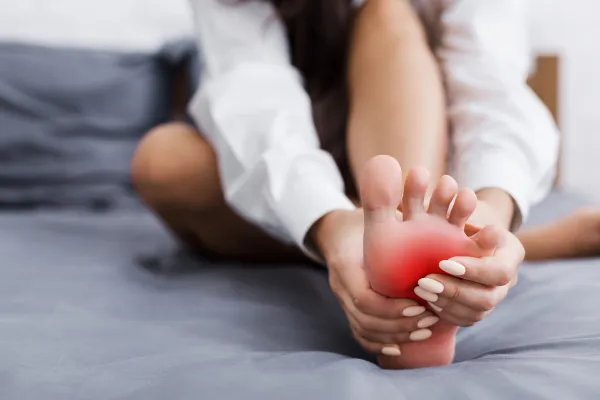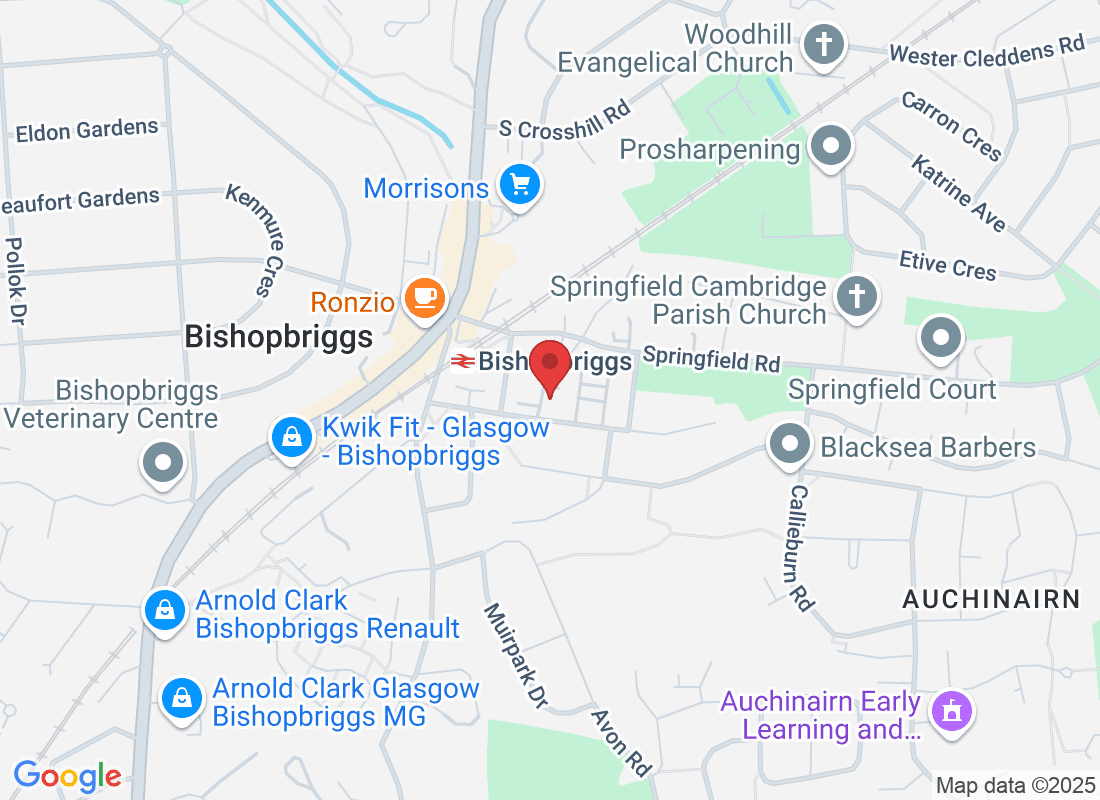
Pain in Your Arch? Let’s Talk Plantar Fasciitis vs Flat Feet
Arch pain can really knock the joy out of your day. One moment you're doing your normal routine — walking the dog, heading to work, or going for a light jog — and the next, you're wincing every time your foot hits the ground.
Two of the most common reasons people come into our foot clinic in Bishopbriggs with arch pain are plantar fasciitis and flat feet. They sound similar, but they’re not the same — and knowing the difference is key to getting the right treatment.
What is Plantar Fasciitis?
Plantar fasciitis is one of the most common causes of foot arch and heel pain. It happens when the thick band of tissue that runs along the bottom of your foot becomes irritated or inflamed.
If you've ever felt a sharp, stabbing pain in your arch or heel — especially when you first get out of bed in the morning — that could be plantar fasciitis. It tends to ease off as you move around but can come back later in the day, especially after long periods of standing or walking.
It’s often linked to things like tight calf muscles, poor footwear, or spending lots of time on hard surfaces. Runners, teachers, retail workers, and anyone on their feet a lot are more likely to experience it.
What Are Flat Feet?
Flat feet, also known as fallen arches, are exactly what they sound like — feet where the arch has collapsed or never fully developed. This means the entire sole of your foot touches the ground when you stand.
People with flat feet often feel a dull, aching pain through the arches and sometimes in the ankles, knees, or even the lower back. You might notice your shoes wearing down unevenly, or your feet feeling sore or tired after walking for a while.
Some folks are born with flat feet. Others develop them over time — often due to injury, ageing, weight gain, or pregnancy.
How Do You Know Which One You Have?
Here’s a quick way to think about it.
If your pain feels sharp and worst first thing in the morning, you may be dealing with plantar fasciitis. If your arch disappears when you stand and your feet feel tired or achey later in the day, flat feet might be the issue.
But it’s not always clear-cut. That’s where our gait analysis in Bishopbriggs comes in. By watching how you walk and move, we can spot signs of strain, imbalance, or poor alignment — and pinpoint exactly what’s going on.
How We Treat Arch Pain at Springfield Clinic
No two feet are the same. That’s why we don’t believe in one-size-fits-all solutions. Here’s how we support people dealing with plantar fasciitis, flat feet, or both:
Gait Analysis
This gives us a clear picture of how your feet move and whether your arch is functioning properly. It’s a key step in diagnosing both plantar fasciitis and flat feet.
Custom Orthotics
Our orthotics from Glasgow podiatry are tailored just for you. These support your arch, take pressure off sore spots, and improve how your foot functions.
Exercise & Rehab
We’ll show you specific stretches and strengthening exercises to reduce pain and help prevent it from coming back. These are especially helpful for plantar fasciitis.
Advanced Therapies
At our podiatry clinic in Bishopbriggs, we offer treatments like laser therapy and shockwave therapy. These are great for stubborn cases that haven’t responded to home remedies.
When Should You See a Podiatrist?
If your arch pain has been hanging around for more than a couple of weeks, or it’s getting worse, don’t wait. The sooner we catch it, the easier it is to treat.
Our musculoskeletal podiatry team in Glasgow has years of experience helping people walk comfortably again — whether you’ve got plantar fasciitis, flat feet, or something completely different.
You Don’t Have to Live With Foot Pain
Arch pain might feel like just one of those things you’ve got to deal with — but it’s not. There’s always a reason behind it, and more importantly, there’s something you can do about it.
At The Springfield Clinic, we’re here to help you feel better, move easier, and get back to doing the things you love.



